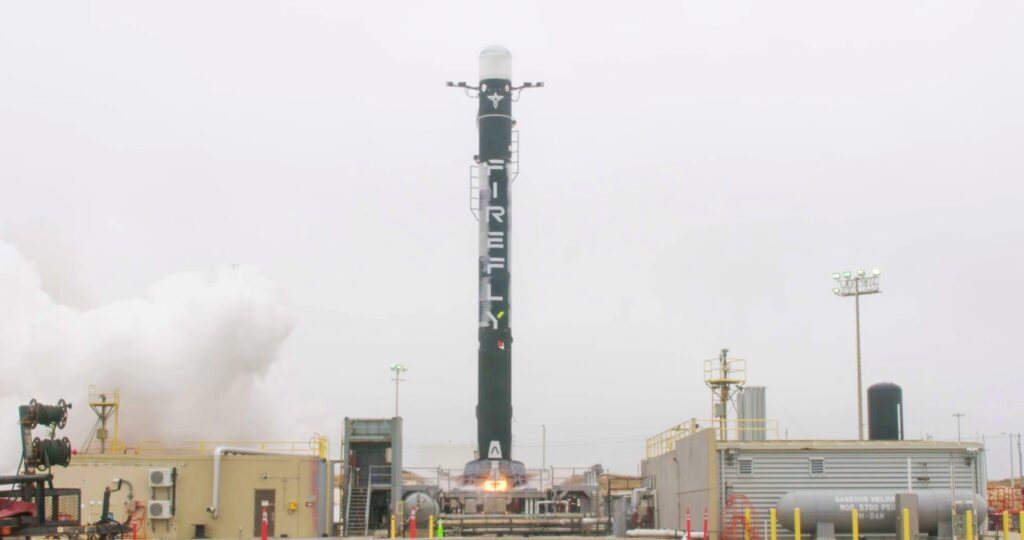Time: 2024-06-22
Firefly Aerospace, a space transportation company, has announced the schedule for its Alpha Flight 5 mission, named Noise of Summer, to take place no earlier than June 26. The mission will launch from Fireflys SLC-2 complex at the Vandenberg Space Force Base in California. This launch will support Fireflys Venture-Class Launch Services Demo 2 contract with NASA, aiming to provide more access to space for small satellites and spacecraft.
The Alpha Flight 5 mission will deploy eight payloads selected through NASAs CubeSat Launch Services Initiative, allowing educational institutions and nonprofits affordable access to space. Among these payloads are CatSat from the University of Arizona, KUbeSat-1 from the University of Kansas, and MESAT-1 from the University of Maine. Additionally, R5-S4 and R5-S2-2.0 from NASAs Johnson Space Center, Serenity 3 from Teachers in Space, SOC-i from the University of Washington, and TechEdSat-11 from NASmes Research Center will also be deployed.

The collaboration between Firefly Aerospace and NASA is set to provide a unique opportunity for students, educators, and researchers across the country. The CubeSat Launch Initiative by NASA aims to involve educational institutions and nonprofits in the development of small satellites for space missions. The ELaNa 43 mission, part of this initiative, will see the launch of several CubeSats on Firefly Aerospaces Alpha rocket from Vandenberg Space Force Base in California.
Among the educational institutions involved in the mission are the University of Arizona, the University of Kansas, the University of Maine, and the University of Washington. Each institution has developed CubeSats with specific missions, ranging from testing new communication technologies to studying climate-related phenomena. The standardized units used in CubeSat construction allow for cost-effective science investigations and technology demonstrations.
The CubeSats developed for the ELaNa 43 mission represent a significant step forward in the field of small satellite technology. These satellites will conduct various experiments in space, such as testing high-speed communications, measuring cosmic rays, studying urban heat islands, and demonstrating autonomous operations in space. The collaboration between universities, NASA, and Firefly Aerospace is paving the way for innovative advancements in space exploration.
With the launch of the Alpha rocket and the deployment of the CubeSats, the mission will contribute valuable data and insights to various scientific fields. Students involved in these initiatives will gain hands-on experience that will shape the future workforce of the space industry in the United States. As technology continues to evolve, partnerships like the one between Firefly Aerospace and NASA will play a crucial role in advancing space research and exploration.